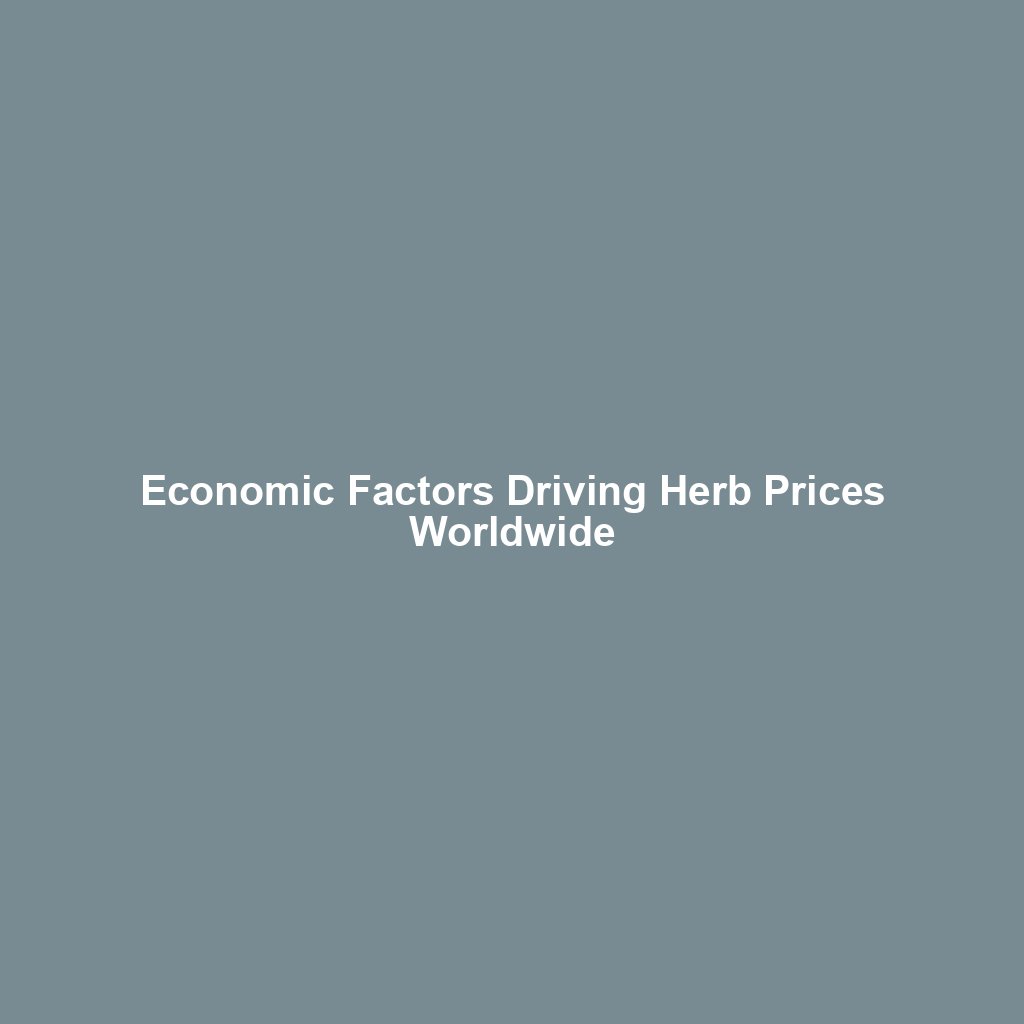
Agriculture and agricultural price analysis are critical components of the global economy, influencing food security, trade, and the livelihoods of billions of people. As the world population continues to grow, the demand for agricultural products increases, necessitating efficient production and distribution systems. Understanding the dynamics of agricultural prices is essential for policymakers, farmers, and consumers alike, as it affects everything from farm profitability to consumer food prices. This article delves into the intricacies of agriculture and agricultural price analysis, exploring the factors that influence prices and the methods used to analyze them.
The Importance of Agriculture in the Global Economy
Agriculture is the backbone of many economies, particularly in developing countries where it often accounts for a significant portion of GDP and employment. It provides the raw materials for food, clothing, and other essential products, making it a vital sector for human survival and economic development. The agricultural sector is diverse, encompassing crop production, livestock farming, forestry, and fisheries, each with its unique challenges and opportunities.
Role in Food Security
One of the primary roles of agriculture is to ensure food security, which is the availability, accessibility, and affordability of food for all people at all times. With the global population projected to reach nearly 10 billion by 2050, the pressure on agricultural systems to produce more food sustainably is immense. Innovations in agricultural practices, such as precision farming, biotechnology, and sustainable land management, are crucial in meeting this demand while minimizing environmental impact.
Economic Contributions
Agriculture contributes significantly to national and global economies. It provides employment for millions of people, particularly in rural areas, and is a major source of income for farmers and agribusinesses. Agricultural exports are a vital component of international trade, with countries exporting surplus produce to meet the demands of others. This trade not only supports economic growth but also fosters international cooperation and development.
Factors Influencing Agricultural Prices
Agricultural prices are influenced by a myriad of factors, ranging from natural phenomena to market dynamics. Understanding these factors is essential for effective price analysis and decision-making in the agricultural sector.
Supply and Demand Dynamics
The fundamental economic principle of supply and demand plays a crucial role in determining agricultural prices. When the supply of a particular agricultural product exceeds demand, prices tend to fall, and vice versa. Factors affecting supply include weather conditions, pest infestations, and technological advancements, while demand is influenced by population growth, income levels, and consumer preferences.
Weather and Climate Conditions
Weather and climate are among the most significant factors affecting agricultural production and prices. Droughts, floods, and other extreme weather events can drastically reduce crop yields, leading to supply shortages and higher prices. Climate change poses a long-term threat to agriculture, with shifting weather patterns and increased frequency of extreme events necessitating adaptive strategies to ensure food security.
Government Policies and Regulations
Government policies and regulations can have a profound impact on agricultural prices. Subsidies, tariffs, and trade agreements can alter the competitive landscape, affecting both domestic and international markets. For instance, subsidies for certain crops can lead to overproduction and lower prices, while tariffs on imports can protect domestic producers but increase prices for consumers.
Technological Advancements
Technological advancements in agriculture, such as genetically modified organisms (GMOs), precision farming, and automation, can significantly influence production costs and efficiency. These innovations can lead to increased yields and reduced input costs, ultimately affecting market prices. However, the adoption of new technologies can also be met with resistance due to concerns over safety, environmental impact, and economic implications for small-scale farmers.
Methods of Agricultural Price Analysis
Analyzing agricultural prices involves a combination of statistical techniques, economic models, and market intelligence. These methods help stakeholders understand price trends, forecast future prices, and make informed decisions.
Statistical Analysis
Statistical analysis is a fundamental tool in agricultural price analysis. It involves collecting and analyzing historical price data to identify trends, patterns, and anomalies. Techniques such as time series analysis, regression analysis, and econometric modeling are commonly used to understand the relationships between different variables and predict future price movements.
Market Intelligence and Data Collection
Market intelligence involves gathering and analyzing information about market conditions, including supply and demand dynamics, competitor activities, and consumer behavior. This information is crucial for understanding the factors driving price changes and making strategic decisions. Data collection methods include surveys, satellite imagery, and remote sensing technologies, which provide real-time insights into agricultural production and market conditions.
Economic Modeling
Economic modeling is used to simulate the behavior of agricultural markets and assess the impact of various factors on prices. Models such as partial equilibrium models, computable general equilibrium models, and agent-based models are used to analyze the interactions between supply, demand, and policy variables. These models help policymakers and stakeholders evaluate the potential effects of policy changes, market shocks, and technological innovations on agricultural prices.
Challenges in Agricultural Price Analysis
Despite the availability of advanced analytical tools and techniques, agricultural price analysis faces several challenges. These challenges can hinder accurate price forecasting and decision-making, affecting the efficiency and sustainability of agricultural systems.
Data Limitations
One of the primary challenges in agricultural price analysis is the availability and quality of data. In many regions, especially in developing countries, data on agricultural production, prices, and market conditions are scarce or unreliable. This lack of data can lead to inaccurate analyses and forecasts, making it difficult for stakeholders to make informed decisions.
Market Volatility
Agricultural markets are inherently volatile, with prices subject to sudden and unpredictable changes due to factors such as weather events, pest outbreaks, and geopolitical tensions. This volatility makes it challenging to accurately forecast prices and develop effective risk management strategies. Stakeholders must be prepared to adapt to changing market conditions and implement measures to mitigate the impact of price fluctuations.
Complexity of Agricultural Systems
Agricultural systems are complex and interconnected, with numerous factors influencing production, distribution, and consumption. This complexity makes it difficult to isolate the effects of individual variables on prices, complicating the analysis process. Additionally, the diversity of agricultural products, each with its unique characteristics and market dynamics, adds another layer of complexity to price analysis.
Conclusion
Agriculture and agricultural price analysis are critical components of the global economy, influencing food security, trade, and livelihoods. Understanding the factors that affect agricultural prices and employing effective analytical methods are essential for making informed decisions and ensuring the sustainability of agricultural systems. Despite the challenges, advancements in technology and data collection offer new opportunities for improving price analysis and enhancing the resilience of the agricultural sector. As the world continues to face the challenges of population growth, climate change, and resource scarcity, the importance of agriculture and agricultural price analysis will only continue to grow.



